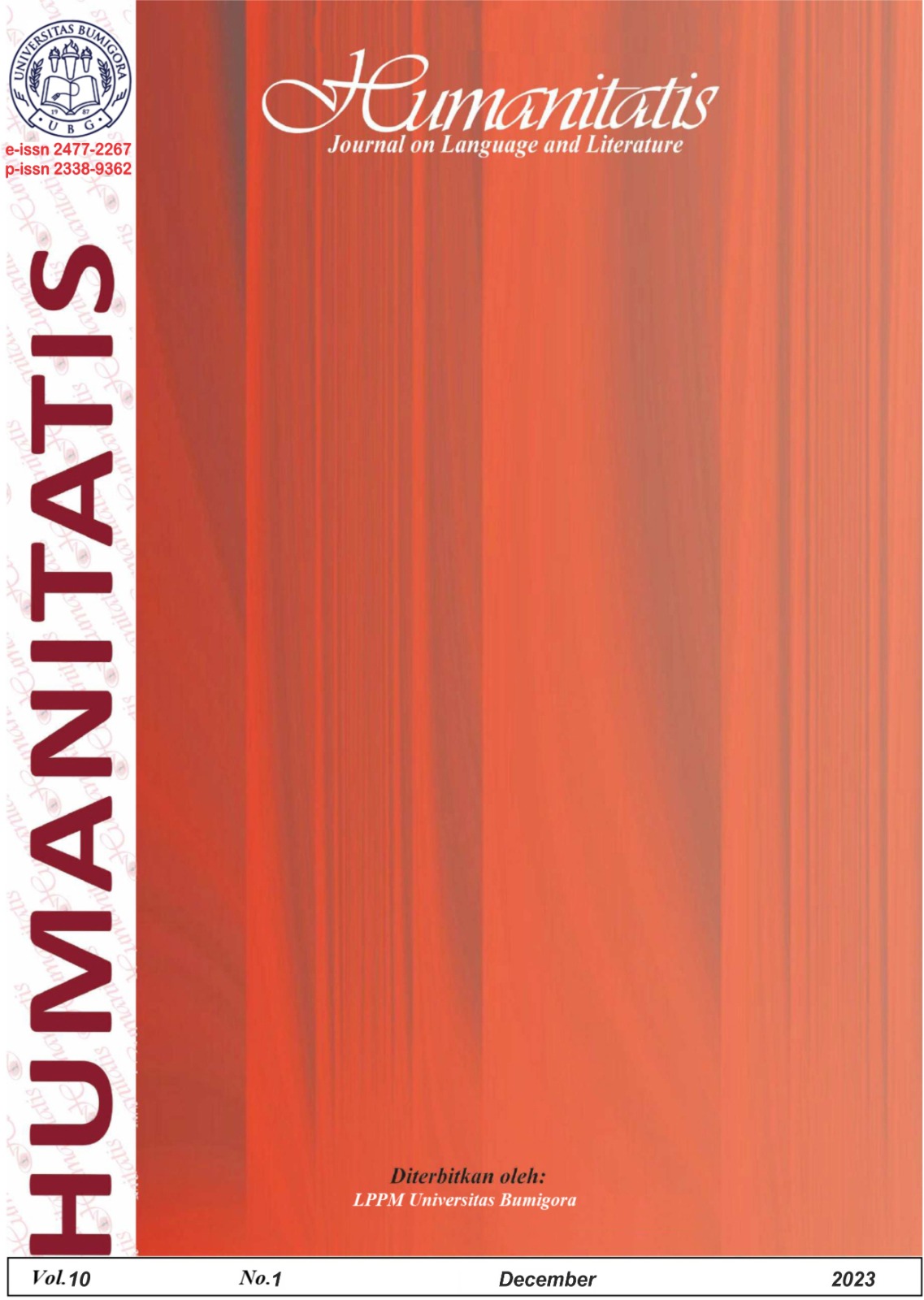An Analysis of Narrative Structure in Interstellar and Ready Player One
Abstract
This article explores science fiction films, a popular genre known for its depiction of technology as a symbol of the future. The future depicted in these science fiction films is a sign of hope and critics of a particular social problem. Using Interstellar and Ready Player One as case studies, this research aims to explore the broader and deeper meanings conveyed through the narrative structure of the films, including language, issues discussed, and the use of other elements. The analysis uses a qualitative method, which involves observing the movie, recording important data, and connecting the narrative with visual aspects. The research reveals how narrative and visual elements complement each other to create a memorable cinematic experience. The results show that Interstellar is identified as a science fiction film rooted in scientific principles, with a focus on space exploration and time dilation. Ready Player One, on the other hand, leans more towards fantasy, incorporating virtual reality and magical elements. Despite this difference, both movies are considered science fiction, as fantasy shares elements with the genre.
References
Azizah, N., & Sudiran, S. (2017). A Study on Diglossia Used by Helen Keller as The Main Character in George Sullivan’s Novel “Helen Keller.” Celtic : A Journal of Culture, English Language Teaching, Literature and Linguistics, 2(1), 1–18. https://doi.org/10.22219/celtic.v2i1.4672
Campolo, A. (2020). Signs and Sight: Jacques Bertin and the Visual Language of Structuralism. Grey Room, 78, 34–65.
Fergnani, A., & Song, Z. (2020). The six scenario archetypes framework: A systematic investigation of science fiction films set in the future. Futures, 124, 102645.
Guo, L., Liu, J., Tang, J., Li, J., Luo, W., & Lu, H. (2019). Aligning linguistic words and visual semantic units for image captioning. Proceedings of the 27th ACM International Conference on Multimedia, 765–773.
Handika, M., & Hartiningsih, S. (2017). An Analysis of Feminism Idea that represented by Queen Elizabeth I in the Shekhar Kapur’s Film Entitled “Elizabeth: The Golden Age.” Celtic : A Journal of Culture, English Language Teaching, Literature and Linguistics, 1(2), 75–82. https://doi.org/10.22219/celtic.v1i2.4669
Jafferis, D., Zlokapa, A., Lykken, J. D., Kolchmeyer, D. K., Davis, S. I., Lauk, N., Neven, H., & Spiropulu, M. (2022). Traversable wormhole dynamics on a quantum processor. Nature, 612(7938), 51–55.
Joseph, J. E. (2020). The agency of habitus: Bourdieu and language at the conjunction of Marxism, phenomenology and structuralism. Language & Communication, 71, 108–122.
Liu, S. (2019). Using Science Fiction Films to Advance Critical Literacies for EFL Students in China. International Journal of Education and Literacy Studies, 7(3), 1–9.
Lupyan, G., Rahman, R. A., Boroditsky, L., & Clark, A. (2020). Effects of language on visual perception. Trends in Cognitive Sciences, 24(11), 930–944.
Putri, D. D. W., Sophia, N. A., Simanjuntak, M. B., & Ridwan, W. (2022). Educational Value Of Disney Film “Coco” By Walt Disney Pictures. Undergraduate Students’national Seminar, 65.
Rachmayanti, E., & Andini, T. (2017). An Analysis of Japanese Rituals of A new Geisha in Arthur Golden’s Novel Memoirs of A Geisha. Celtic : A Journal of Culture, English Language Teaching, Literature and Linguistics, 1(2), 83–91. https://doi.org/https://doi.org/10.22219/celtic.v1i2.4670
Xiaowei Zhou, V., & Pilcher, N. (2019). Revisiting the ‘third space’in language and intercultural studies. In Language and Intercultural Communication (Vol. 19, Issue 1, pp. 1–8). Taylor & Francis.

This work is licensed under a Creative Commons Attribution 4.0 International License.













